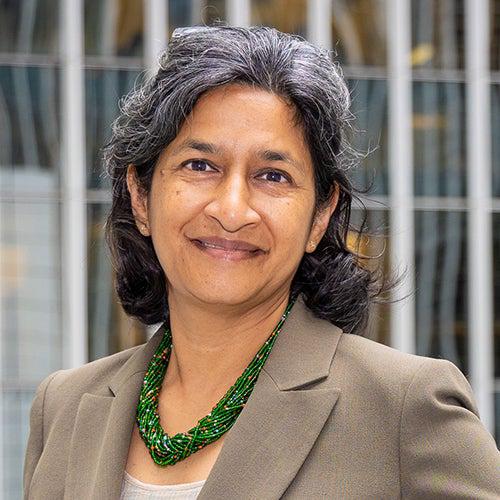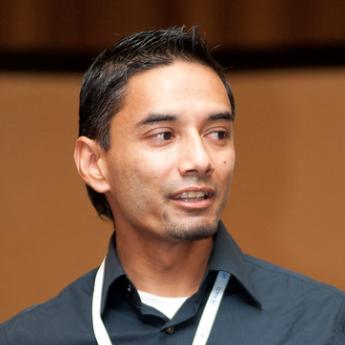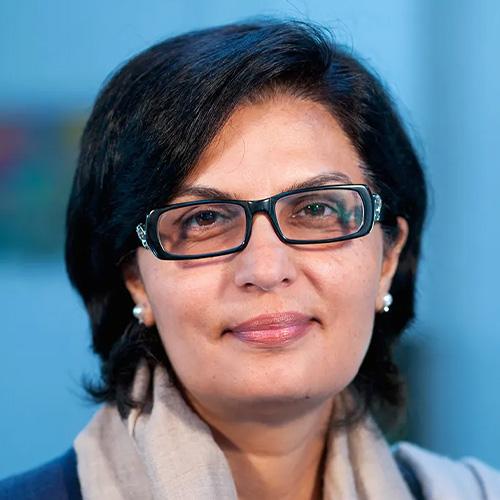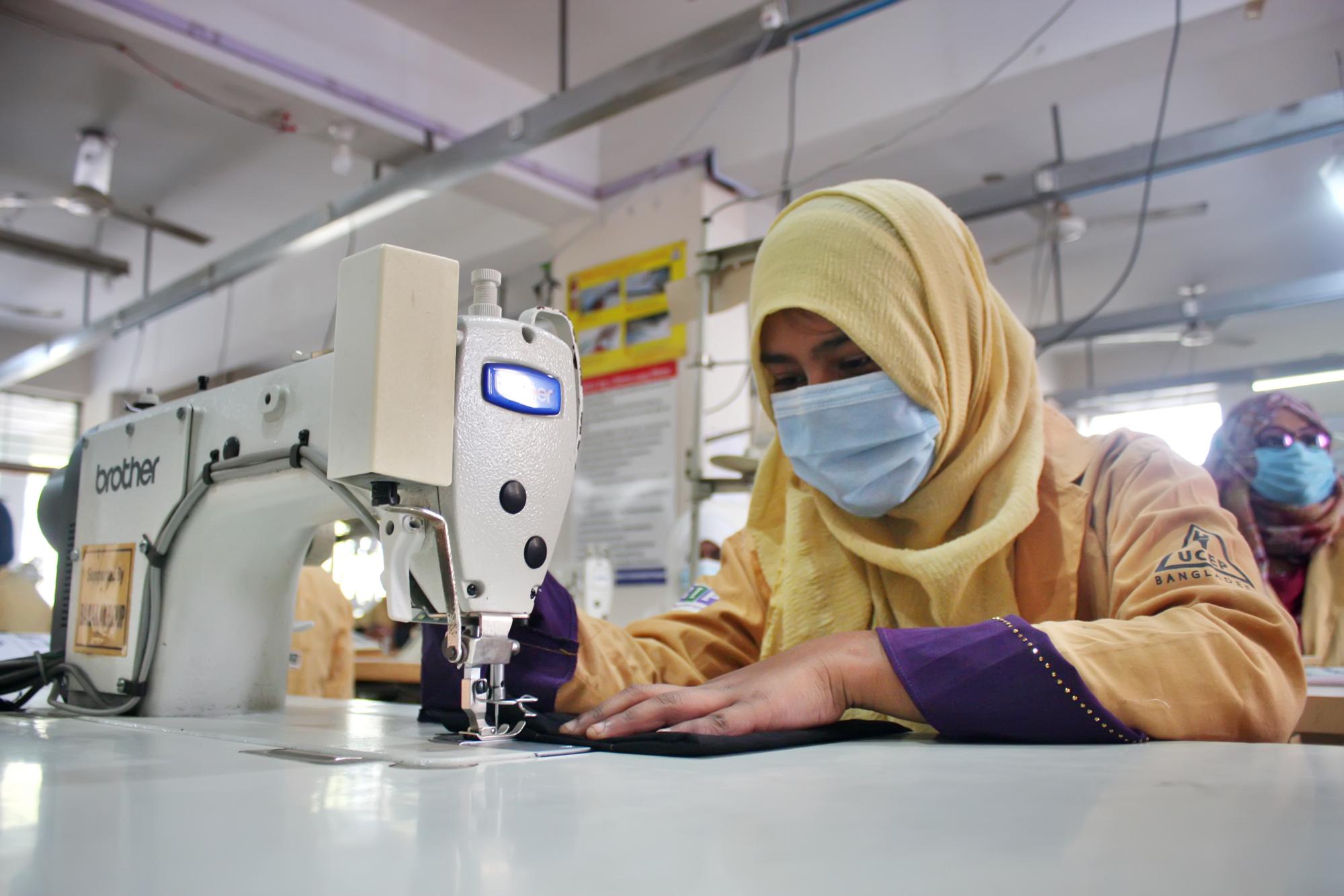South Asia is among the fastest growing regions globally, with a vast human capital potential. By 2030, it will be home to over a quarter of world’s working adults. Despite the potential, the region faces persistent human capital deficits—one out of every three children is stunted here, and four out 100 do not live beyond the age of five. There are added challenges including of low life expectancy, early deficits in learning, infectious disease burdens, and pervasive structural inequalities.
COVID-19 pandemic has exacerbated these vulnerabilities and reversed much of the recent gains in human development. For instance, in South Asia an estimated 5.5 million children are predicted to drop out of school due to COVID-related income losses. This is more than half of all global dropouts. With deep disruptions, the pandemic has shifted focus on digitalization and use of converging technologies for delivering health, education, social protection services, and on building future pandemic and climate resilience. Converging technologies refer to a synergy of biosciences, nanotechnology, and artificial intelligence, powered by big data and high-speed computing.
The ongoing tech-revolution offers tremendous opportunities, but also exposes striking digital inequality. South Asia has the largest number of people without internet access—nearly a billion out of the global total of 3.2 billion. Given the contrasts, technologies can deepen inequalities, exclusion, and loss of livelihoods. Proactive steps need to be taken to ensure that technology adoption is guided by principles of human centricity, inclusion, and trust.
Our 7th #OneSouthAsia Conversation will focus on these potentials and challenges of leveraging technologies to build human capital and help South Asia manage risks and shocks: how can it overcome regional barriers, promote cross-country collaboration to support recovery from COVID and other shocks, and build human capital and adaptable resilience in the region. This conversation builds on our World Bank publication, The Converging Technology Revolution and Human Capital: Potential and Implications for South Asia, which examines how technologies can accelerate human capital development, with a focus on improving service delivery, building adaptability and resilience, and promoting inclusion.










